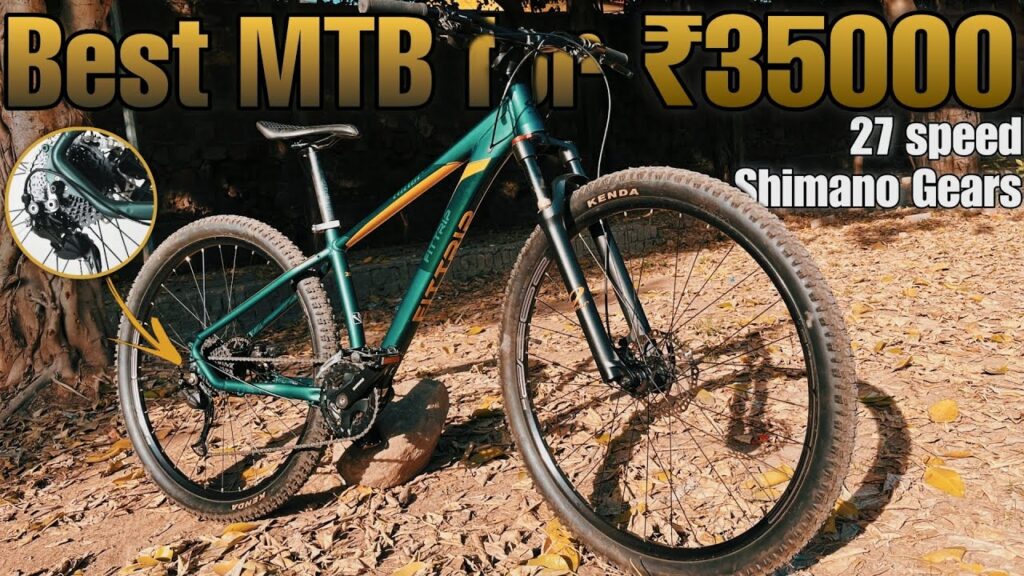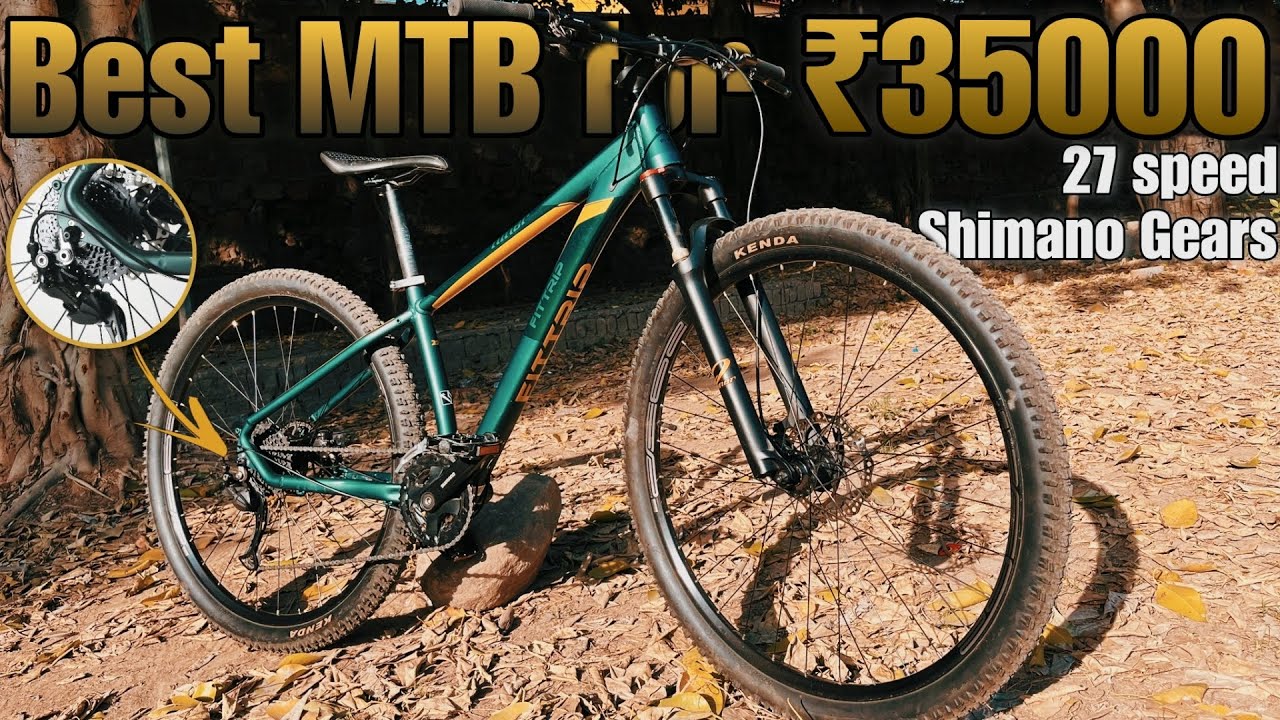
Unlocking Peak Performance: A Comprehensive Guide to Top Gear Cycles
For cycling enthusiasts and athletes alike, the quest for optimal performance is a never-ending journey. Among the myriad factors that contribute to cycling efficiency, the gear system stands out as a critical component. This article delves into the world of top gear cycles, exploring their mechanics, benefits, selection criteria, and maintenance practices. Whether you’re a seasoned pro or a weekend warrior, understanding the nuances of top gear cycles can significantly enhance your riding experience.
The term “top gear cycle” can refer to different concepts depending on the context. It can describe a bicycle equipped with a high number of gears, or it can refer to the highest gear ratio available on any bicycle. For the purpose of this article, we will primarily focus on cycles that offer a wide range of gears, allowing riders to tackle diverse terrains and optimize their pedaling cadence. Understanding the purpose of different gears is crucial to maximizing performance. With the right gearing, you can maintain a consistent cadence, conserving energy and improving your efficiency.
Understanding Gear Systems in Cycles
At its core, a gear system in a bicycle is designed to multiply the force applied by the rider. By changing gears, you alter the ratio between the number of rotations of the pedals and the number of rotations of the rear wheel. A lower gear ratio makes it easier to pedal uphill, while a higher gear ratio allows you to cover more distance with each pedal stroke on flat or downhill terrain. Top gear cycles typically feature multiple chainrings at the front and a cassette with several sprockets at the rear, providing a wide spectrum of gear ratios.
Components of a Gear System
- Chainrings: Located at the front of the bicycle, connected to the pedals. They come in various sizes, with larger chainrings offering higher gear ratios.
- Cassette: Situated at the rear wheel, consisting of a set of sprockets of varying sizes. Smaller sprockets provide higher gear ratios.
- Derailleurs: Mechanisms that shift the chain between different chainrings and sprockets. The front derailleur controls the chainrings, while the rear derailleur manages the cassette.
- Shifters: Levers or buttons mounted on the handlebars that allow the rider to control the derailleurs and change gears.
- Chain: Connects the chainrings and cassette, transmitting power from the pedals to the rear wheel.
Benefits of Using a Top Gear Cycle
Investing in a top gear cycle offers several advantages, particularly for riders who frequently encounter varying terrains or engage in long-distance cycling.
- Improved Efficiency: A wider range of gears allows you to maintain an optimal pedaling cadence, regardless of the terrain. This reduces fatigue and improves overall efficiency.
- Enhanced Climbing Ability: Lower gears make it easier to tackle steep inclines, conserving energy and allowing you to maintain a consistent pace.
- Increased Speed: Higher gears enable you to cover more ground with each pedal stroke on flat or downhill sections, maximizing your speed.
- Versatility: Top gear cycles are suitable for a wide range of riding conditions, from urban commutes to challenging off-road trails.
- Reduced Strain: Proper gear selection minimizes stress on your knees and other joints, reducing the risk of injury.
Choosing the Right Top Gear Cycle
Selecting the perfect top gear cycle depends on your individual needs and riding style. Consider the following factors when making your decision:
Type of Riding
Are you primarily commuting, road cycling, mountain biking, or touring? Different types of bikes are designed with specific gear ranges and features to suit their intended purpose. Road bikes typically have higher gear ratios for speed, while mountain bikes offer lower gears for climbing steep trails. Consider a hybrid bike if you need a bicycle that can handle a variety of situations.
Gear Ratio
The gear ratio is the relationship between the number of teeth on the chainring and the number of teeth on the sprocket. A higher gear ratio means more resistance, while a lower gear ratio means less resistance. Choose a gear ratio that matches your fitness level and the terrain you typically ride on. Many top gear cycles now come with a wide range of gears, with some offering a 1x setup (one chainring in the front) for simplicity and weight savings, while others retain the traditional 2x or 3x setups for greater gear range. Consider the type of riding you will be doing when deciding on your gear ratios.
Number of Gears
The number of gears refers to the total number of combinations available. More gears generally provide finer control over your cadence, but they also add weight and complexity. A 21-speed bike (3 chainrings x 7 sprockets) may be sufficient for casual riders, while serious cyclists may prefer a 27-speed or even a 30-speed bike. The complexity of a top gear cycle requires regular maintenance.
Component Quality
Invest in a bike with high-quality derailleurs, shifters, and chain. These components play a crucial role in the performance and durability of your gear system. Shimano and SRAM are two of the most reputable brands in the cycling industry. The quality of components in your top gear cycle will determine its lifespan and reliability.
Frame Material and Geometry
The frame material and geometry affect the bike’s weight, stiffness, and handling. Aluminum frames are lightweight and affordable, while carbon fiber frames offer superior stiffness and vibration damping. Choose a frame geometry that suits your riding style and provides a comfortable fit. The frame is the foundation of your top gear cycle, so choose wisely.
Maintaining Your Top Gear Cycle
Proper maintenance is essential to keep your top gear cycle running smoothly and efficiently. Here are some key maintenance tips:
- Regular Cleaning: Clean your chain, cassette, and derailleurs regularly to remove dirt and grime. Use a degreaser and a brush to clean the chain, and then lubricate it with a chain lube.
- Chain Lubrication: Lubricate your chain after each cleaning or after riding in wet conditions. Use a high-quality chain lube specifically designed for bicycles.
- Derailleur Adjustment: Adjust your derailleurs periodically to ensure smooth and accurate shifting. If you’re not comfortable doing this yourself, take your bike to a professional mechanic.
- Cable Replacement: Replace your shifter cables when they become frayed or stiff. This will improve shifting performance.
- Cassette and Chainring Replacement: Replace your cassette and chainrings when they become worn. This will prevent chain skipping and improve power transfer.
- Check for Wear and Tear: Regularly inspect your gear system for signs of wear and tear. Replace worn components promptly to prevent further damage.
Advanced Techniques for Using Gears
Beyond the basics of gear selection, there are advanced techniques that can further optimize your performance on a top gear cycle:
Cadence Management
Maintaining a consistent cadence (pedal revolutions per minute) is crucial for efficiency. Aim for a cadence of 80-100 RPM on flat terrain and adjust your gears to maintain this range on hills or in headwinds. Using a cadence sensor can help you monitor your pedaling rate in real time.
Anticipating Terrain Changes
Shift gears proactively before encountering hills or headwinds. This allows you to maintain your momentum and avoid sudden drops in cadence. Pay attention to the terrain ahead and plan your gear changes accordingly. With practice, you’ll be able to anticipate terrain changes and select the appropriate gear in advance.
Cross-Chaining Avoidance
Avoid cross-chaining, which occurs when the chain is at an extreme angle, such as when using the largest chainring and the largest sprocket or the smallest chainring and the smallest sprocket. Cross-chaining can cause excessive wear on the chain and derailleurs. To avoid cross-chaining, use the middle chainring for most situations and only shift to the largest or smallest chainring when necessary.
Power Meter Utilization
Using a power meter can provide valuable data on your power output and efficiency. By monitoring your power output, you can optimize your gear selection and training efforts. A power meter can help you identify your optimal cadence and power zones, allowing you to train more effectively. Understanding the data provided by a power meter is crucial for maximizing performance on a top gear cycle.
Conclusion
Top gear cycles offer a multitude of benefits for cyclists of all levels. By understanding the mechanics of gear systems, choosing the right bike, and maintaining it properly, you can unlock your full potential and enjoy a more efficient and enjoyable riding experience. From conquering steep climbs to maximizing speed on flat terrain, the right gear system can make all the difference. So, invest in a top gear cycle that suits your needs and start exploring the world with confidence.
[See also: Bicycle Maintenance Tips] [See also: Choosing the Right Bicycle Frame Size] [See also: Understanding Bicycle Tire Pressure]

